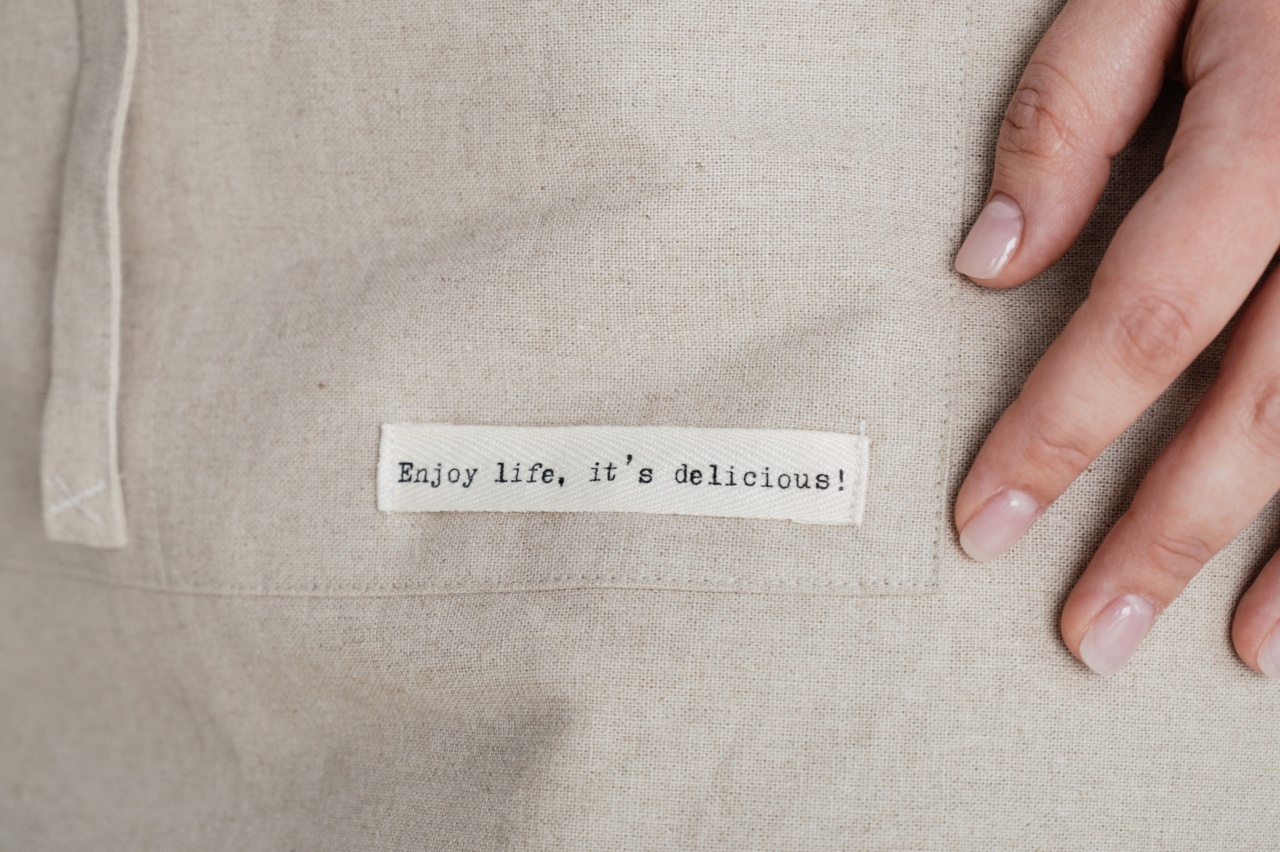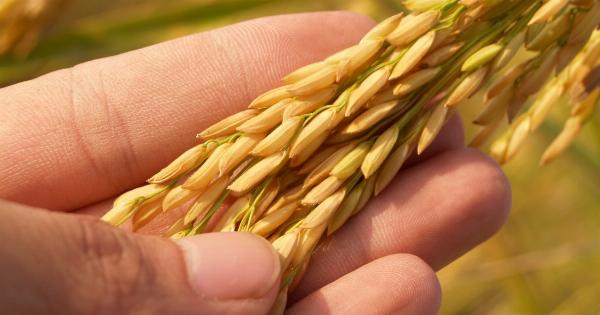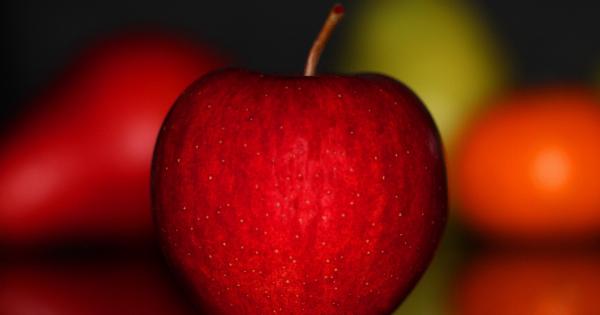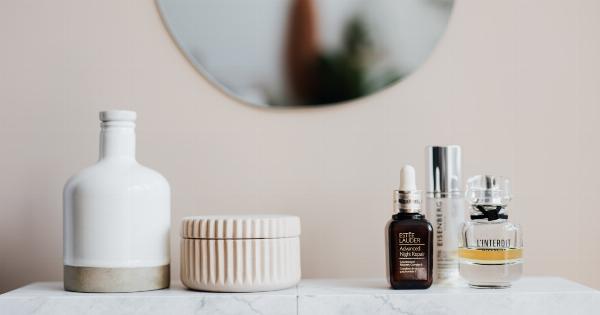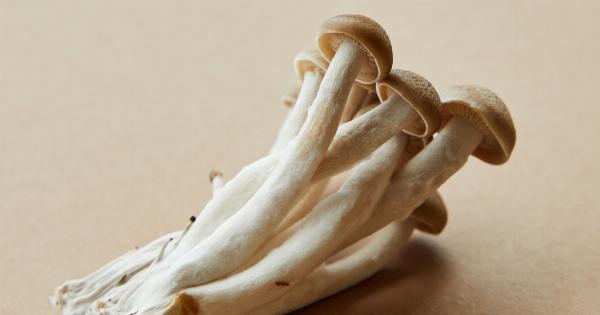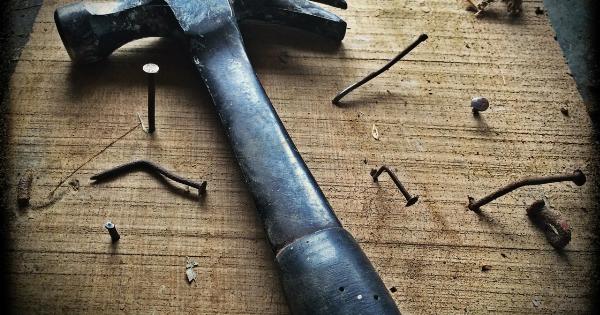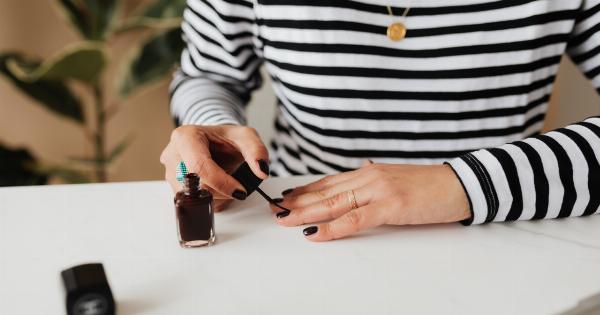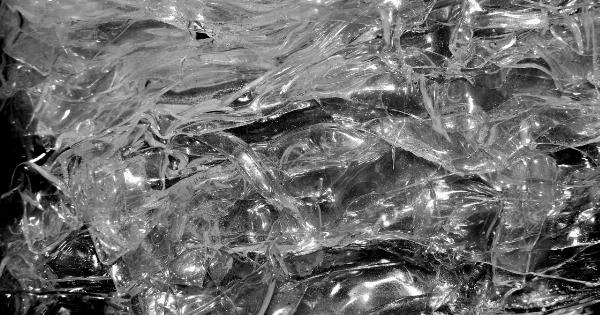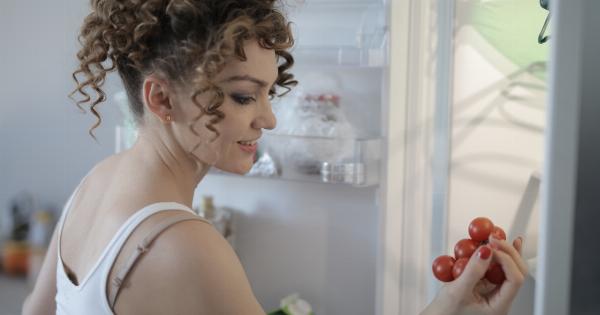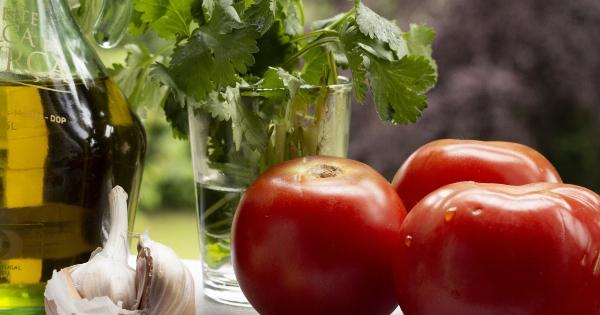When it comes to nail care, there are a lot of myths and misinformation out there. From using toothpaste to whiten your nails to cutting cuticles, it can be hard to know what’s best for your digits.
One thing that is essential for healthy nails is gentle nail unfolding. In this guide, we’ll go over what nail unfolding is, why it’s important, and how to do it properly.
What is Nail Unfolding?
Nail unfolding is a technique that involves gently pushing back the skin that grows against the base of your nail, also known as the proximal fold.
This skin is often called the cuticle, although that term actually refers to the dead skin that accumulates on the surface of the nail plate. Pushing back the cuticle can expose the new growth of the nail and make it easier to apply polish or treat any issues that may arise.
Why is Nail Unfolding Important?
The cuticle serves as a barrier that protects the nail matrix, the part of your nail that produces new cells. By pushing back the cuticle instead of cutting it, you avoid the risk of infection and damage to the matrix.
Cutting the cuticle with scissors or other sharp tools can lead to inflammation, bleeding, and even permanent damage to the nail.
Nail unfolding can also help your nails look more polished and healthy. By exposing the new growth at the base of the nail, you can prevent the buildup of dead skin and other debris that can make your nails look dull and dirty.
Nail unfolding can also make it easier to apply nail polish smoothly and evenly, resulting in a more professional-looking manicure.
How to Unfold Your Nails
Before you begin, it’s important to make sure your nails and cuticles are clean and dry. You should never unfold your nails if your skin is soft or wet, as this can lead to tearing and damage.
To prepare your nails, soak them in warm water for a few minutes, then gently dry them with a soft towel.
Next, apply a cuticle softener or oil to the base of your nails. This will help soften the skin and make it easier to push back. Use a cuticle pusher to gently push back the skin, starting at the sides and working your way toward the middle.
Be sure to use a gentle, circular motion and avoid applying too much pressure, as this can cause tearing or damage to the nail.
Once you’ve pushed back the skin, use a soft, clean towel to remove any excess cuticle oil or softener.
If you’re going to apply nail polish, be sure to clean your nails with alcohol or nail polish remover to remove any oils or debris that may interfere with adhesion.
Caring for Your Nails
In addition to nail unfolding, there are other steps you can take to keep your nails healthy and looking their best. Here are a few tips:.
- Moisturize your nails and cuticles regularly with a good-quality hand cream or oil.
- Avoid biting your nails or picking at your cuticles, as this can lead to infection and damage.
- Wear gloves when doing household chores or exposing your hands to harsh chemicals or detergents.
- Trim your nails regularly to prevent them from splitting or breaking.
- Avoid using harsh nail polishes or removers that contain acetone or other drying ingredients.
The Bottom Line
Nail unfolding is a simple but important technique that can help keep your nails healthy, strong, and looking their best.
By pushing back the cuticle instead of cutting it, you can avoid the risk of infection and damage to the nail matrix, and make it easier to apply nail polish smoothly and evenly. If you’re unsure about how to unfold your nails or have any concerns about the health of your nails, be sure to talk to your dermatologist or a qualified nail technician.
